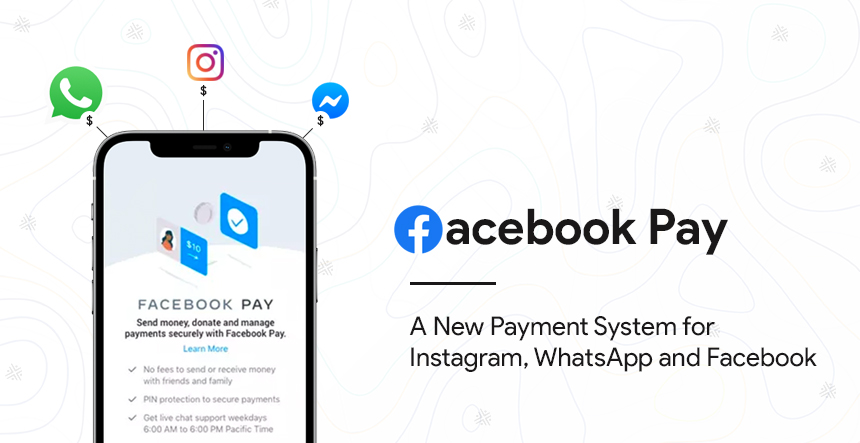
Omni-channel and user-driven are the two words that can describe customer service. In this advanced technology era, customers have become used to seeking answers and being heard, therefore you need to be listening and ready to respond. Many feel like they don’t have a feasible plan or strategy in place to label comments and inquiries.
In contrast, most organizations have labeled social as an integral part of their user experience. Based on the social media engagement of top brands and partners, we came up with 13 basic rules to follow when it comes to addressing social comments
Effective vs Ineffective Social Media Complaint Management
Unfortunately, many successful companies aren’t doing anything when it comes to customer complaints, for example, have a look at Ford motor’s social media page. The company addressed very few of many customers’ complaints or concerns. On the other side of the coin, a quick survey told us that Nike’s Twitter page is killing it when it comes to social media complaints or concerns, Most of their tweets are either answering the concerns or complaints.
Which situation will drift a user back to the brand to do business with them again? It is important that address concerns of a customer complaint, even if it is in a form of a private message.
Tips To Respond To Social Media Complaints
1. Respond Quickly
It’s crucial to answer rapidly and effectively on social media complaints. To start with, try giving a response within half an hour. This doesn’t mean that you need to have the answers already, customers or users might 0want to be acknowledged so that they know that you’re looking into the answer.
2. Admit Mistakes
Instead of hiding mistakes, you should own them up because customers know that no business is perfect. To take ownership and admit your mistake, you need to apologize to the users on social media. This might give the customer closure and also prevents the user to stop blaming the brand continually.
3. Take Conversations Offline
All communications on social media are under public scrutiny, one negative comment can prompt others to join in. The best course of action is to take the conversation one on one, this will stop the situation from accelerating and might cool it down as you’re working with the person on it.
4. Don’t Remove or Otherwise Try to Hide the Post
Removing or ignoring a customer’s complaint on social media can harm a company’s reputation in a very public way. This gives off the impression that you’re hiding something. It is the same thing as ignoring a customer in your venue. Even an angry customer should be acknowledged.
5. Monitor for Rogue Complaints
Rouge complaints such as tweets without a handle pose less harm to the brand’s reputation. Actively seeking out the rogue comments shows how much you care about the customers. For this without any mulch ado, you can use free tools like keyholes to keep an eye on search queries mentioned on Twitter.
6. Have a Plan in Place and Official Statements Drafted
Whether it’s an important issue that needs to be tackled by a service agent or a positive comment, every comment deserves attention. The employees need to be equipped to respond rapidly to these reviews without running to the PR team first. That’s where a draft of official responses comes in. Those responses are crucial for labeling complex issues or complaints from customers.
7. Be Consistent With Responses
Being on the same page when it comes to social responses is the crucial key. If the consumers are getting different responses to questions or different kinds of service depending on who they talk to, it can be harmful to your brand’s reputation. This is where finding responses and having some response drafts ready can save a lot of time and can prevent customer service hassle.
8. Be Friendly and Personable
Being friendly and personable with your responses should go without even saying. It’s a part of people responding to people and not robots responding to people. Humanizing is a concept used to respond to social media complaints and marketing.
9. Track everything
You should track every social activity that will help you serve customers better. Since you’re treating the customers on social media the same way you’re treating the customer in your venue, it should be noted in the consumer record. Serving a great Customer Experience is a crucial part of measuring and taking action on your consumer data.
Social Tools to Support Customer Service
A great way to interact directly with your consumers is messaging apps like Facebook messenger and ClickDesk. This adds a touch of personalization so you can handle matters privately.
A live chat is a good way of customer service because it offers rapid responses from real live-chat representatives. Live Chat can assist you to solve issues right as they appear. Once a customer asks you a question, you can respond in seconds.
Similar to live chat, chatbots are a great real-time tool for addressing consumers’ concerns. Chatbot responses are immediate, so the customers don’t have to wait around, even in the middle of the night.
Certain services and software count the effect of your customer service attempts on social media, measuring how long it takes for your business to respond to resolve issues or problems. That way, you can accept wherever necessary.
Role of Social Media in Customer Service
Consumers in this era would rather leave both negative and positive reviews on a company’s social media to handle rather than contacting personally via email or call.
As social media is a large public forum, a brand’s reputation might get wrecked by a single comment. Tracking and addressing social media complaints exhibits the company’s commitment to its consumers.
As a result, 42% of customers anticipate a response on social media within 65 mins. You can now see how crucial it is for your company to respond to your consumers on social media.
Conclusion
Whether you’re a Fortune 500 company or a startup, interacting with your consumers, prospects or a fan on social media is worth the time and investment.
Hope these tips will help you get success with your social media marketing strategies. What are the other social media marketing tactics you use? Share your ideas in the comment box below. Want to start a Social Media Campaign for your brand? Feel free to reach our team of Social Media Experts…








